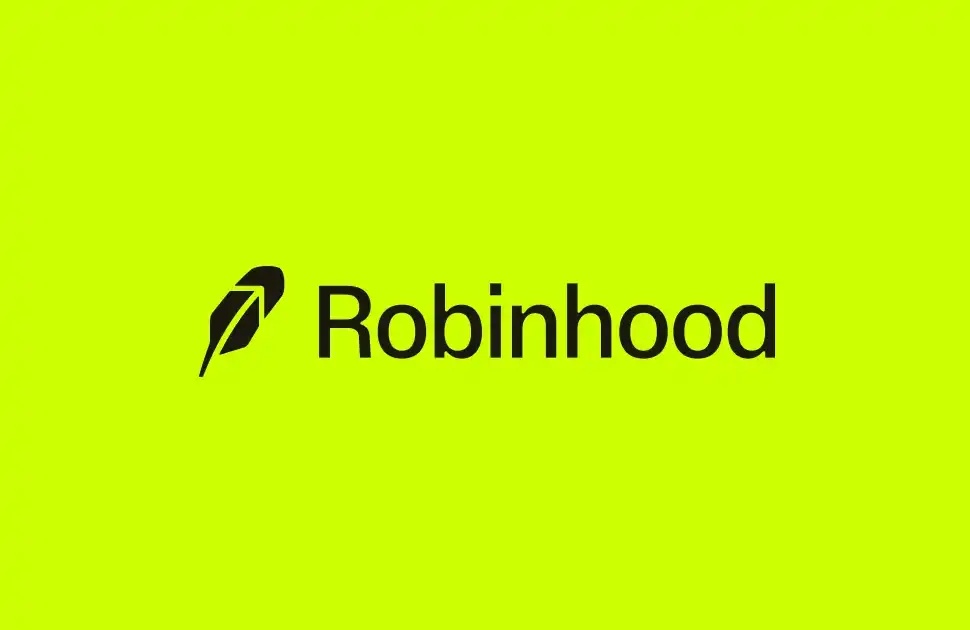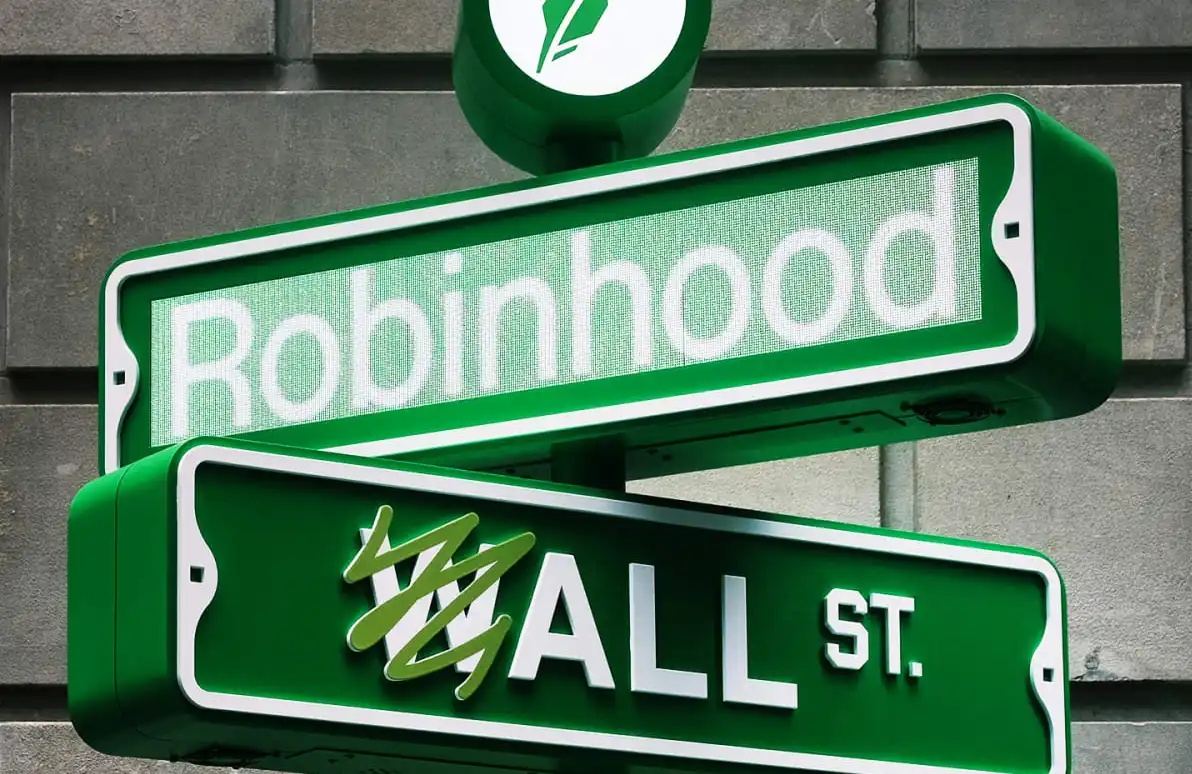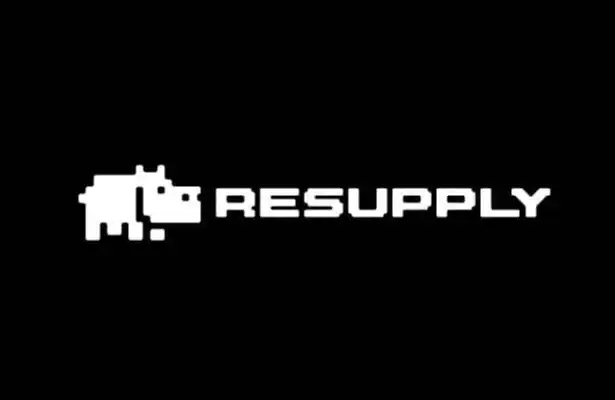A Simple Guide to "Token Economics" for Beginners
Original title: "Deciphering Token Economics: Developing Investment Strategies from Token Supply and Demand"
Original author: Ron @0xnyew
Original compilation: Techflow Intern
Token economics - Twitter crypto circles often throw this term, but people never explain it except "DYOR". Here is a simple guide to "Token Economics" for beginners.
In this guide, I'll cover:
- Definition of Token Economics;
- A framework for analyzing Token economics;
- 3 key points for studying Token economics;
Definition of Token Economics
In short, supply and demand. The relationship between supply and demand is actually the most basic level of token economics. Willing buyers and willing sellers trade tokens.
A Simple Framework for Analyzing Token Economics
- How many tokens are currently on the market?
- What is the total token supply?
- How will market supply change over time?
- Who will get most of the supply? When can they sell?
To answer them, we need to look at the data. The metrics you need to know are:
(1) Supply
Circulating Supply: the number of Tokens currently on the market
Total Supply: the total number of Tokens created on the blockchain
Max Supply: the maximum number of tokens that can exist
What do they mean? Please see the picture below

We need to know:
- Amount not yet unlocked;
- Quantity released to the market;
- Amount already destroyed (by burning, we'll talk about that later);
Why should you care?
It helps us stay on top of current and future supply. In addition, the reaction of the market can be predicted in advance.
- What if the supply was reduced by 50%? Rare is more expensive!
- What if a supply of 100 million flooded the market? The ship is sinking!
Now let's put this into practice. Here are 4 tokens in different situations. what can you observe Think about the 3 metrics we just talked about.

At first glance, we know that:
- Each coin has a maximum supply, except ETH;
- The majority of BTC’s supply is in circulation (approximately 91%);
- BNB comes in second, while AVAX has the least circulating supply;
What does this tell you?
- BTC: Maximum supply with low inflation expectations, meaning "no hidden (bad) surprises";
- Avax & BNB: limited supply, but some have not yet entered the market, which means "potential time bomb";
- ETH: Infinite supply, means "infinite money printing machine"
What if we dig deeper? The truth under the veil:
- BTC: low and stable inflation (9% increase/118 years = 0.07% per year on average);
- AVAX: WARNING (50% not yet unlocked from total supply, 63% of max supply locked);
- BNB: 50% locked and 34% will be destroyed;
- ETH: 1-2% annual inflation, easier to digest despite infinite supply;

So by simply looking at these numbers and digging a little more, we can: guess overall market sentiment and expectations, adjust the time frame for holding tokens based on current and future supply.
(2) Market value
Market Cap, abbreviated as MC: current price * circulating supply, the total market value that can be bought in the current public sale;
Fully Diluted Market Cap (Fully Diluted Market Cap), abbreviated FDMC: current price * maximum supply, the total market value of all future purchases. (Note: FDMC is interchangeable with FDV, Fully Diluted Valuation: fully diluted valuation);
MC/FDMC Ratio : A simple ratio that measures inflation. It tells us the proportion of the current market value that can be bought to the total future market value. If it is closer to 1, it means that future inflation is lower. We will be reassured that most (maximum) supply has entered the market. If it is close to 0, it means high inflation in the future.
Now that we should have a rough idea of supply, we can easily divide these tokens into 4 groups based on inflation and supply caps:
1) Inflation + Cap
Bitcoin: inflation + cap
There is a total supply of 21 million which is capped and no one can change that. Miner rewards are cut in half every four years, and over time, less and less supply flows into the market and the release dries up, which is why it’s called digital gold.
2) Inflation + Uncapped
Dogecoin: Uncapped Inflation
There is no upper limit on circulation, and 5 billion Dogecoins will enter the market every year. Inflation will drop (due to base growth), but the money printing machine will never stop. An interesting thing is that everyone on the planet can own one billion Dogecoins, but there will still be 125 billion Tokens left.
3) Deflation + Cap
Binance Coin: Deflation, capped
The upper limit is 200 million, and the plan is to reduce it to 100 million. There is a burning mechanism. Binance destroys tokens by sending them to frozen addresses that no one can access, making them never available for supply.
4) Deflation + Uncapped
There is no Token here, Ethereum plans to reduce the supply through EIP-1559 (burning fee) and proof-of-stake consensus (locking Token), however, it still emits 1-2% annual inflation. Before the merger happened, ETH and Dogecoin had similar inflation rates.
Three research points
Supply data is important, but we can't hit the buy button just by doing this research, but figure out: Who owns the supply? When will they be available for sale?
The answer comes down to allocation, vesting schedule, and market configuration.
(1) How was it originally assigned?
- Pre-mining: insiders keep a portion for themselves before going public;
- Fair distribution: Everyone buys/compete in the market.
So, who gets the bigger share?

The theory of light hands - the lower the cost base, the lighter the hands
The same $1 X Token, but 1x, 10x or 100x winners, because the entry price is different. The lower the price they get in, the more comfortable they will be. So who has the lowest cost base? Of course the team. Tokens are created out of thin air and distributed to themselves, so their cost base is effectively zero. At a price of $1, they make a paper profit of $1 for each token they own. But that also comes with a huge responsibility and they need to work hard.
(2) When will they be available for sale?
Token enters the market in two stages:
- Cliff : A specific period of time after the first token release.
- Vesting : Amount that slowly unlocks over time.

(3) Are there any whales in the open market?
Use a blockchain explorer to get this information.
Example: Query Uniswap Token in etherscan Steps:
1) Search [Token Name/Contract Address];
2) Scroll down and select Holders;
3) Select "Token Holder Chart";
4) Top 100 Token Holders Chart;

(4) Matters needing attention
- number of holders;
- how much the top 100 holders have in total;
- Any individual wallet has a significant share of the total supply;
We can even go hunting whales and learn from their pending order strategies.
Original text link
Welcome to join the official BlockBeats community:
Telegram Subscription Group: https://t.me/theblockbeats
Telegram Discussion Group: https://t.me/BlockBeats_App
Official Twitter Account: https://twitter.com/BlockBeatsAsia
 Forum
Forum OPRR
OPRR Finance
Finance
 Specials
Specials
 On-chain Eco
On-chain Eco
 Entry
Entry
 Podcasts
Podcasts
 Activities
Activities








